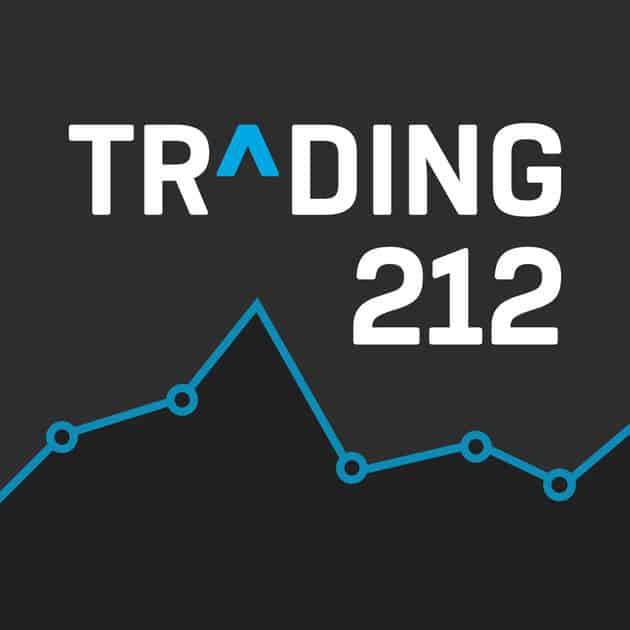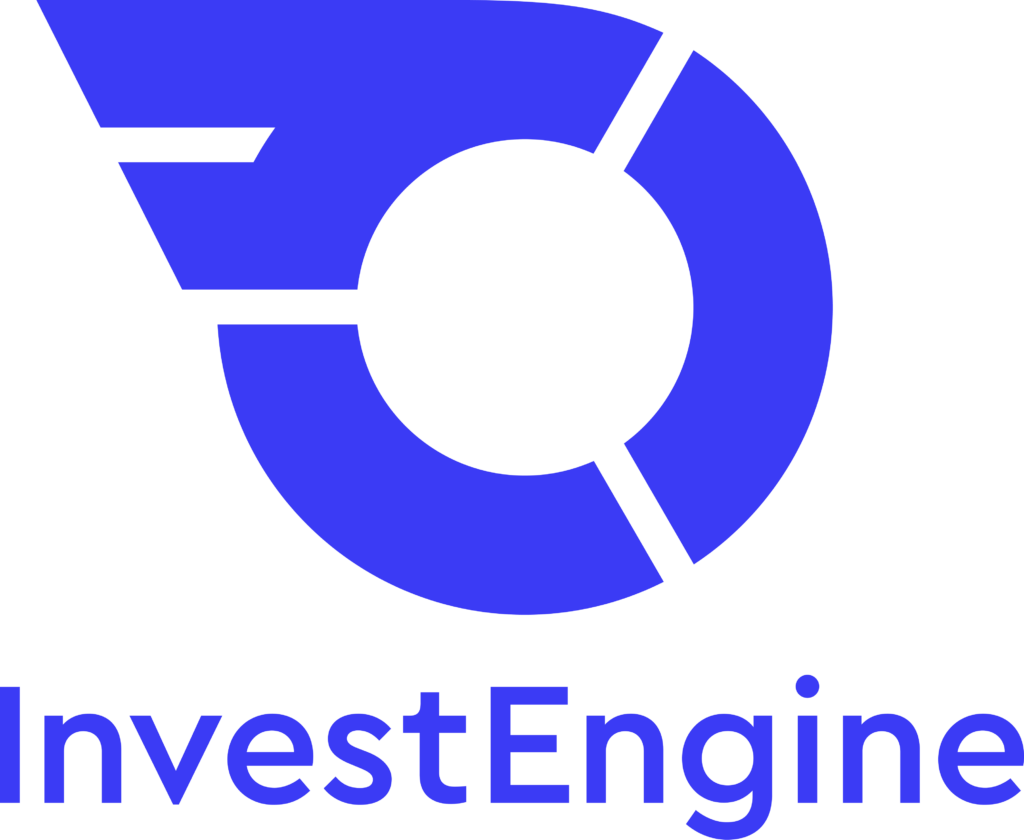In the UK, self-employed individuals, freelancers, landlords, and anyone with other untaxed income need to complete a self-assessment tax return. If you don’t plan ahead, tax payments can be a big financial burden. This guide will help you understand how the system works, how to budget for your tax payments, and tips for reducing your tax bill.
Self-assessment is a system used by HM Revenue & Customs (HMRC) to collect income tax from individuals who have untaxed income. It applies to self-employed workers, freelancers, landlords, investors, and anyone who earns income outside of the standard PAYE system.
If you earn income from self-employment, have rental income, or receive other income not taxed at source such as dividends or savings interest, you’ll likely need to file a self-assessment. Other situations include having significant income from investments or if you’re a director of a company.
Deadline for online submission: January 31st following the end of the tax year (April 5th).
Payment due: January 31st is also the deadline for the first payment of your estimated tax for the current year. A second payment is due by July 31st.
Try to estimate your tax liability before you need to start getting the payment together. One good way to do this is to use HMRC’s tax calculation tools: HMRC provides a free online tool that can help you estimate how much tax you’ll need to pay.
Calculate your total income and allowable expenses. HMRC allows you to deduct certain expenses from your taxable income to reduce your tax liability.
Consider national insurance contributions: If you are self-employed, you’ll need to pay Class 2 and Class 4 national insurance contributions, which are part of your self-assessment.
A good rule of thumb is to set aside 25-30% of your income to cover taxes, but this will depend on your specific income level and tax deductions. This includes Income Tax, National Insurance, and any other taxes. E.g If you earn £30,000 in a year, you might need to set aside £7,500-£9,000 to cover your tax and national insurance contributions.
Consider setting up a separate savings account specifically for taxes. Transfer a percentage of your income each month into this account so you’re not scrambling to find the money when the tax bill is due. Set up automated transfers into your tax savings account each time you get paid, so you don’t forget or spend it.
You can pay via your bank account using the payment reference number provided by HMRC. HMRC offers online payment options using your debit card, credit card, or through direct debit. If you can’t afford to pay the entire tax bill upfront, HMRC offers a time to pay arrangement, allowing you to spread the payments over a set period.
If you’re self-employed or a landlord, you can claim tax deductions for allowable business expenses. Some examples include, office supplies and equipment, travel and transportation costs, marketing and advertising costs. Home office expenses, if you work from home, and professional subscriptions or membership fees. Always keep receipts and documentation of expenses. If you’re audited, you’ll need to show evidence of these claims.
Take advantage of tax reliefs and allowances. If your income is below the personal allowance (£12,570 for the 2023/24 tax year), you won’t pay any income tax. If you’re married or in a civil partnership, you might be eligible for the Marriage Allowance, which lets you transfer part of your personal allowance to your spouse or partner if they earn less than the personal allowance. If you sell assets like property or stocks, you might need to pay Capital Gains Tax (CGT).
Contributing to a pension plan can reduce your taxable income. The government offers tax relief on pension contributions, which means you can reduce the amount of income tax you owe by contributing to your pension. Donations to charity under the Gift Aid scheme can be deducted from your taxable income, reducing your tax bill.
Consider using accounting software like Xero, QuickBooks, or FreeAgent, which can simplify the process of recording income and expenses and even submit your tax return directly to HMRC.
If your tax situation is complex, or if you just want peace of mind, consider hiring an accountant to help you manage your self-assessment. They can also help with tax planning and ensure you’re claiming all possible deductions.
Contact HMRC: If you’re struggling to make your payments, don’t ignore the issue. HMRC may offer options like a time to pay arrangement that lets you spread out your payments. It’s always better to ask for help than face penalties. If you don’t pay on time, you may incur late payment penalties. These start at 5% of the tax due, and can increase the longer the payment is delayed.
Budgeting for self-assessment taxes can seem daunting, but by planning ahead, setting aside funds regularly, and understanding the key ways to reduce your tax bill, you can stay on top of your tax obligations without facing financial strain. Remember that you don’t have to do it alone, use available resources, from HMRC tools to professional help, to ensure you’re managing your taxes as efficiently as possible. By taking the time to understand the system, you’ll be in a stronger position to navigate your self-assessment taxes and avoid any unnecessary stress.

Get a FREE fractional share with Trading212
Use promo code: MITM (works within the first 10 days of signing up)
Fractional share worth up to £100. Capital at risk. Terms apply

Get a Welcome Bonus of up to £50 when you invest at least £100 with InvestEngine

Consolidate your Pensions with PensionBee
Keep your pensions all in one place with this simple to use Pension service.
Manage your money better with MoneyMonitor
I personally built this website to allow me to bin my spreadsheets in favour of something a little easier to use. It’s completely free of charge.